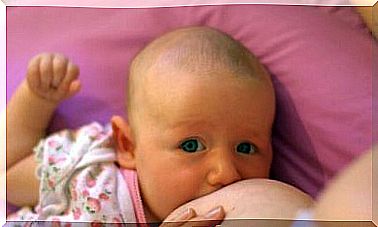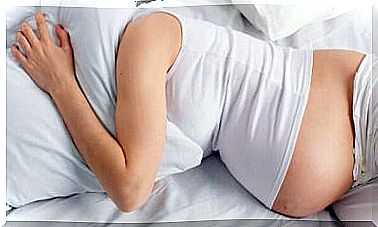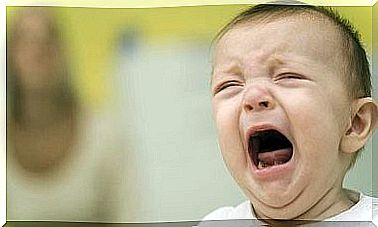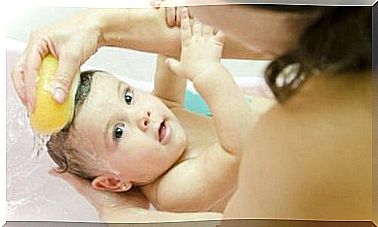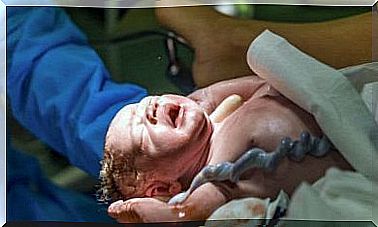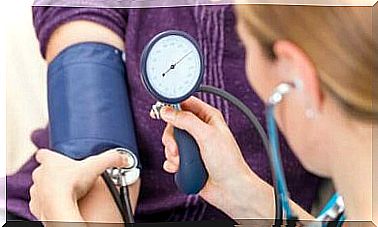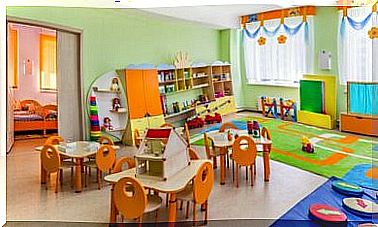How To Recognize Asthma In Children
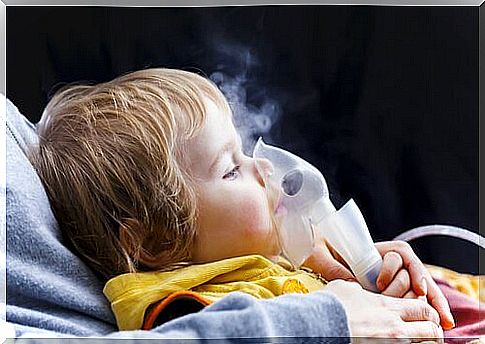
Asthma is the most common chronic disease among children. Knowing how to recognize the disease makes it easier for you to relieve the symptoms and help your child live a normal life. In order to act quickly and avoid complications, it is important to know how to recognize the symptoms of asthma in children.
There is nothing that makes parents more anxious than seeing their child have difficulty breathing. Childhood asthma can be one of the causes. This chronic disease causes the airways to become narrow and inflamed, making it more difficult for air to enter.
According to the World Health Organization, asthma is the most common chronic disease among children. There is no cure, but the symptoms can be relieved. If children with asthma receive good treatment, they can live a normal life.
Even if you do not know for sure what causes the disease, there are various factors that trigger it. Among other things, cold, allergens, tobacco smoke or certain physical activities can be triggers.
There are two types of drugs to treat the disease. One acts quickly, to relieve the acute symptoms. The other works long-term, and prevents the emergence of other problems.
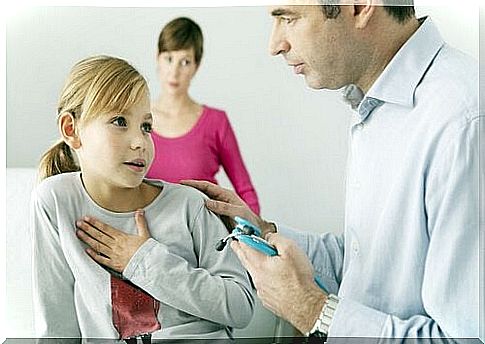
Symptoms of asthma in children
1. Breathing difficulties. A sign of asthma is difficulty breathing. When children have an asthma attack, their airways become narrow. It then becomes difficult for them to breathe in and out. They run out of air, and begin to breathe faster than normal. Breathing difficulties can also make them feel anxious and anxious, making it even harder to breathe.
2. Wheezing is another common symptom. As the baby breathes, you can hear a whistling sound. It sounds more when exhaling. The sound begins as a faint whistle, and then increases as the asthma attack worsens. This is one of the easiest asthma symptoms to recognize. The whistling occurs when the airways narrow where the air tries to pass on its way out.
3. Hosta. Another symptom of asthma in children is cough. Sometimes it can be the only symptom. Therefore, you should pay attention to whether your child coughs without having a cold or for any other reason. The same applies if the cough causes the child to have difficulty sleeping, wakes the child at night or if the cough comes after physical activity. It can be dry or wet.
4. Fatigue. A child who is constantly tired for no reason may have asthma. This is because the low oxygenation, which is caused by insufficient breathing, means that less oxygen reaches the blood and muscles. This slows down the body’s functions, which makes the child feel exhausted.
Other signs that indicate asthma in children
1. Press over the chest. The feeling of pressure over the chest is also one of the symptoms of asthma in children. If the child complains of pain, pressure or feels that a rope is tightened in the chest, it may be an indication of asthma.
2. Flutter nostrils. Another sign of asthma, especially in young children, is fluttering nostrils. The child opens and closes his nostrils when breathing.
3. Sighs. A sigh is when you inhale deeply and exhale slowly. If the child sighs very often, it can also be a sign of difficulty breathing caused by asthma.
4. Harklande. Constantly trying to clear your throat, because you feel a discomfort in the throat, can also be one of the symptoms of asthma in children.
5. Dark circles under the eyes can also be an indication of asthma.
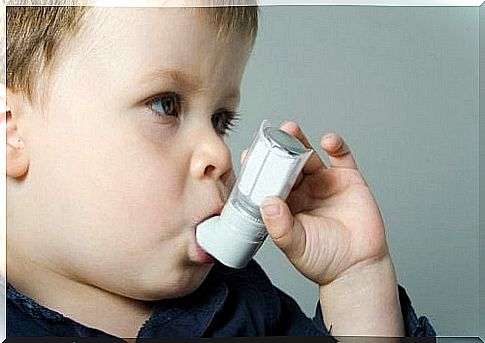
Individual differences
Asthma symptoms in children can be very different from one individual to another. A child may have several symptoms, all or just one.
Some children often suffer from the symptoms, while others only get them when something triggers them. Sometimes the symptoms can be confused with a common cold.
To be able to make a diagnosis, the doctor needs to perform various tests on the respiratory system. He or she also examines the child’s symptoms, as well as the family’s medical history. The important thing is to pay attention if any symptom appears, and find out if it is actually asthma according to the specialist’s assessment.
